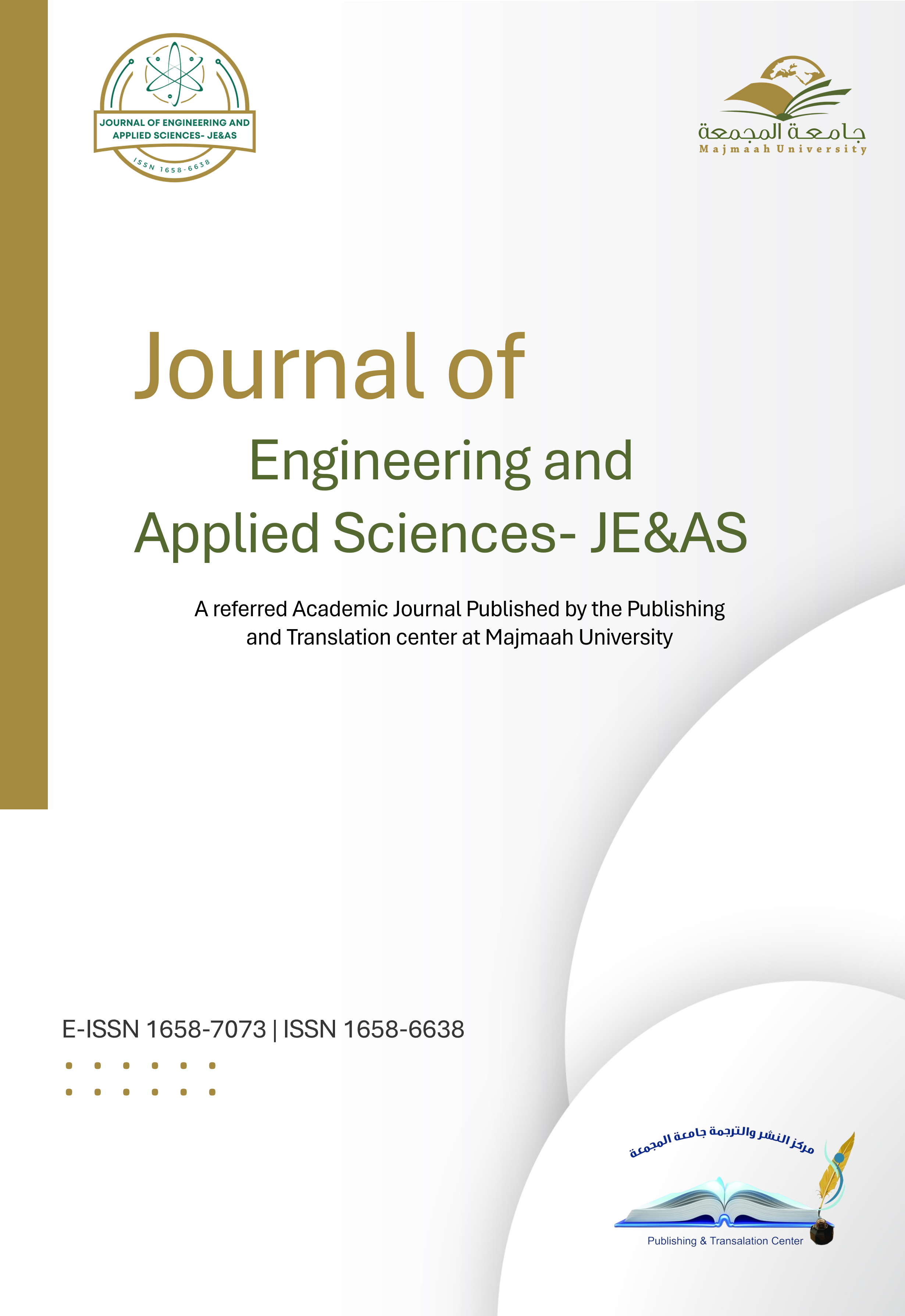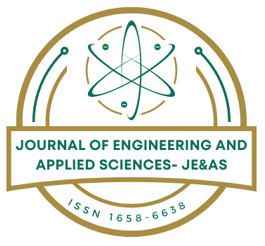| Original Research Received: 14 Apr 2022, Accepted: 13 May 2022, | ||||||||||||||||||||||||||||||
Effects of Vibration Intervention on Grip Strength and Endurance Time of Young College Students Abdulelah Ali.
| ||||||||||||||||||||||||||||||
| How to Cite this Article |
| Pubmed Style Abdulelah Ali. Effects of Vibration Intervention on Grip Strength and Endurance Time of Young College Students. Journal of Engineering and Applied Sciences. 2022; 9(2): 1-9. doi:10.5455/jeas.2022110101 Web Style Abdulelah Ali. Effects of Vibration Intervention on Grip Strength and Endurance Time of Young College Students. https://jecasmu.org/?mno=16328 [Access: June 01, 2025]. doi:10.5455/jeas.2022110101 AMA (American Medical Association) Style Abdulelah Ali. Effects of Vibration Intervention on Grip Strength and Endurance Time of Young College Students. Journal of Engineering and Applied Sciences. 2022; 9(2): 1-9. doi:10.5455/jeas.2022110101 Vancouver/ICMJE Style Abdulelah Ali. Effects of Vibration Intervention on Grip Strength and Endurance Time of Young College Students. Journal of Engineering and Applied Sciences. (2022), [cited June 01, 2025]; 9(2): 1-9. doi:10.5455/jeas.2022110101 Harvard Style Abdulelah Ali (2022) Effects of Vibration Intervention on Grip Strength and Endurance Time of Young College Students. Journal of Engineering and Applied Sciences, 9 (2), 1-9. doi:10.5455/jeas.2022110101 Turabian Style Abdulelah Ali. 2022. Effects of Vibration Intervention on Grip Strength and Endurance Time of Young College Students. Journal of Engineering and Applied Sciences, 9 (2), 1-9. doi:10.5455/jeas.2022110101 Chicago Style Abdulelah Ali. "Effects of Vibration Intervention on Grip Strength and Endurance Time of Young College Students." Journal of Engineering and Applied Sciences 9 (2022), 1-9. doi:10.5455/jeas.2022110101 MLA (The Modern Language Association) Style Abdulelah Ali. "Effects of Vibration Intervention on Grip Strength and Endurance Time of Young College Students." Journal of Engineering and Applied Sciences 9.2 (2022), 1-9. Print. doi:10.5455/jeas.2022110101 APA (American Psychological Association) Style Abdulelah Ali (2022) Effects of Vibration Intervention on Grip Strength and Endurance Time of Young College Students. Journal of Engineering and Applied Sciences, 9 (2), 1-9. doi:10.5455/jeas.2022110101 |
 Submit Article
Submit Article - Author Login
- Reviewer Login
- About Publisher
- Peer Review Policy
- Author's Rights and Obligations
- Publication Ethics and Publication Malpractice Statement
- Conflict of Interest Policy
- Plagiarism Policy
- Protection of Research Participants (Statement On Human And Animal Rights)
- Privacy Policy
- Corrections, Retractions & Expressions of Concern
- Self-Archiving Policies
- Statement of Informed Consent
- Terms of Use
- License Information
- Copyright Information
- ISSN: 1658-6638 (print)
- ISSN: 1658-7073 (electronic)

